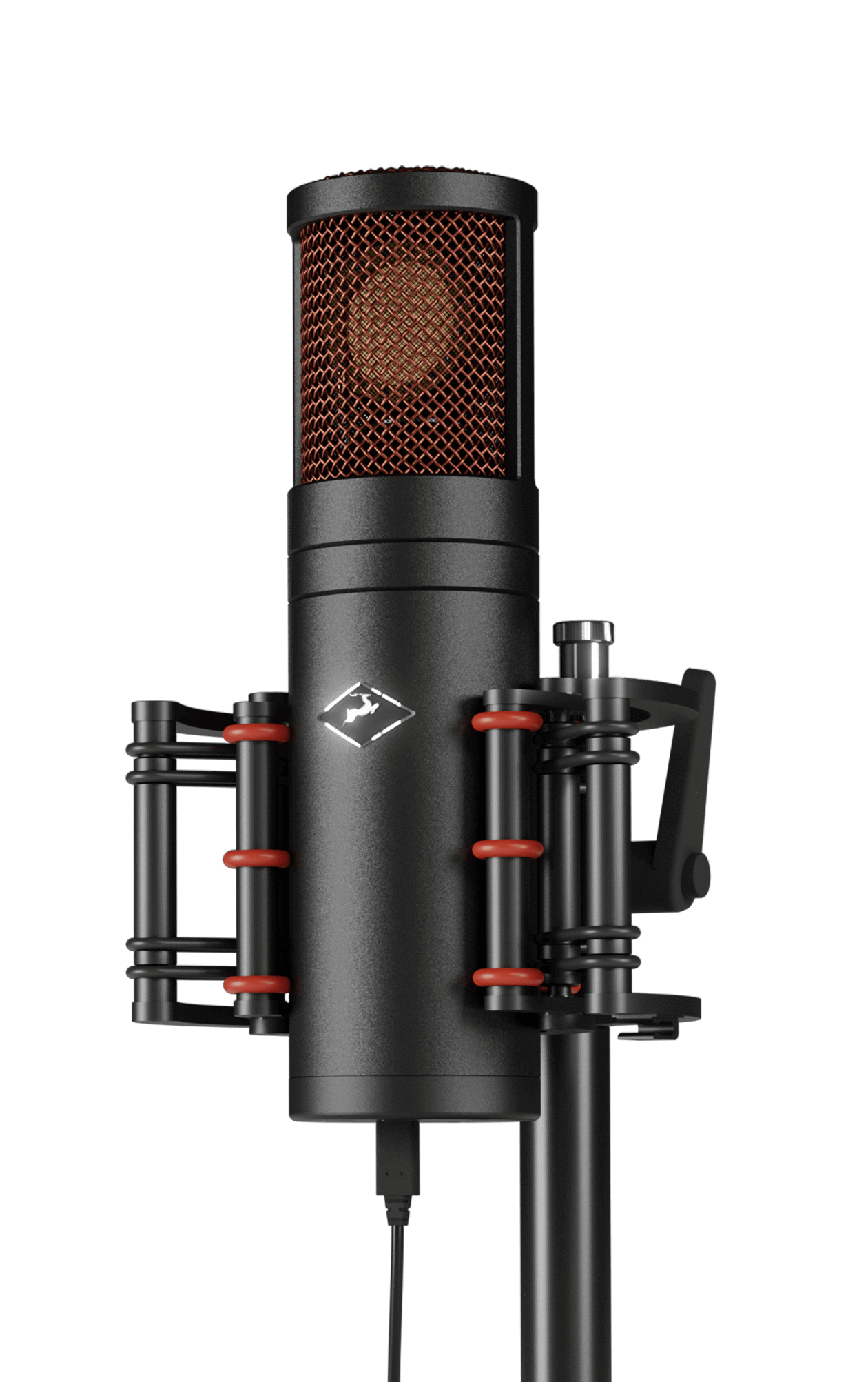A multipattern tube condenser from a most esteemed German origin, the Berlin K86 is a 60s classic and a pioneer in the use of two fixed-cardioid capsules mounted back-to-back, with additional space between the diaphragms. Thus, the microphone stands out with its superior low-frequency reproduction in Figure-8 pattern mode compared to single-capsule condensers of the time. Of course, that’s not all there is to it – its sound is characteristically warm, but also detailed, open and boasting accurate frequency reproduction.
THE VINTAGE MIC COLLECTION
Berlin K86
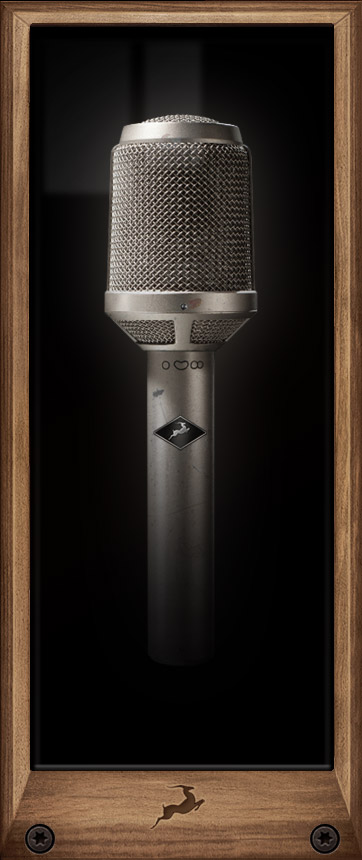
Berlin 47 TU
Often imitated but never bested, the Berlin 47 TU is the elder statesman of tube condenser microphones. It has a sweet, musical sound that may be distinctly vintage, but does not feel nostalgic even in this day and age. Capable of cardioid and omnidirectional polar patterns, the 47 TU is an all-purpose studio microphone that sounds great on vocals, amplifiers, and any pitched instrument. A true classic of mic building and a prominent model that’s still in high demand, the Berlin 47 TU brings German studio perfection to life in the digital realm.
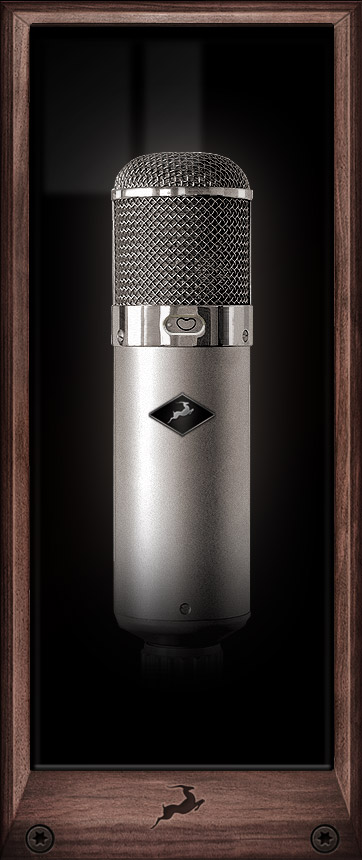
Berlin V563
The hardware original is a tube condenser bottle-style microphone originally made in East Germany from 1956 to 1971. It saw a reissue in 2011, but we took a vintage original to our lab and analyzed it meticilously to present one of the finest digital recreations of this coveted classic. Its voice is similar to that of the Berlin 47, which is modeled after one of the most pleasant-sounding microphones ever created. However, the intriguing origins of this model inevitably imbue it with its own charm and character.
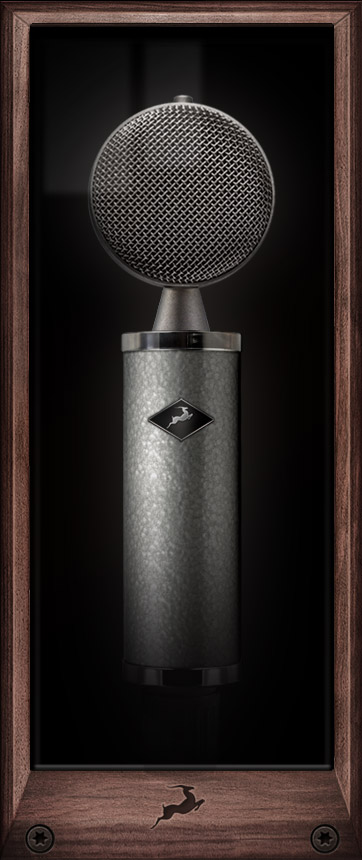
Berlin/Halske M25
The original M25 was patented back in 1930 after a long research and development phase which resulted in a ribbon microphone that sounds absolutely astonishing. The novel arrangement of resonance chambers results in excellent high end detail adding to an already warm and delicate character. You may not expect this kind of sonics from a microphone that originally weighted four kilograms, but that’s German engineering for you! The M25’s directional characteristic is similar to, but not quite cardioid
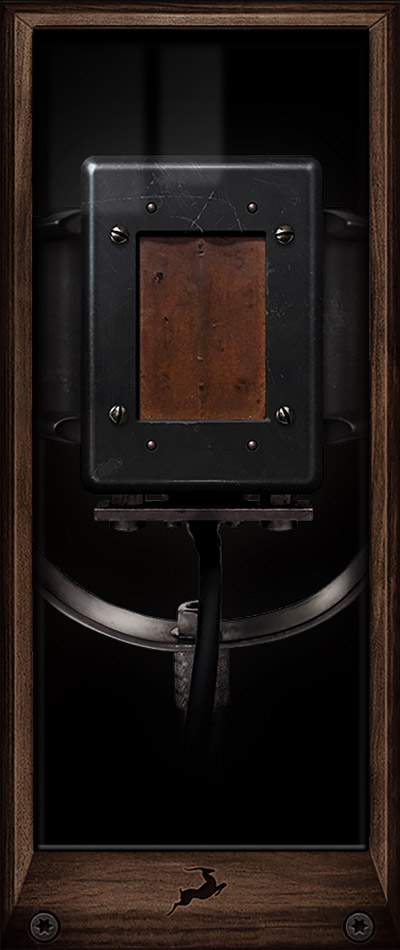
Berlin M251
This large diaphragm tube microphone ranks at the very highest among all-time studio greats, thanks to its silky and wide voice which turns any performance into a bit of music history. The M251 is an ideal choice for vocals and acoustic instruments where its low-end extensions, mid-range detail and crisp but gentle highs get to shine the most. Built around a famous German capsule, the microphone has three polar patterns and has been a long-time favorite for female vocals.
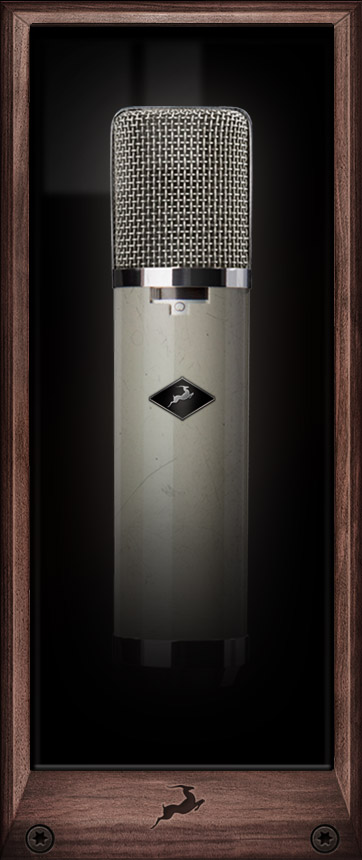
Minessotta 20
The Minesotta 20 is a gold standard in broadcast dynamic microphones with its minimal proximity effect, true cardioid pattern and frequency response optimal for voice recording. Its sonic character is also comparable to that of studio condensers’ detail and crispness. In addition to heavy broadcast use, the M20 also enjoys its well-respected presence in recording studios as a high-end instrument microphone. A true masterpiece with few, if any rivals!
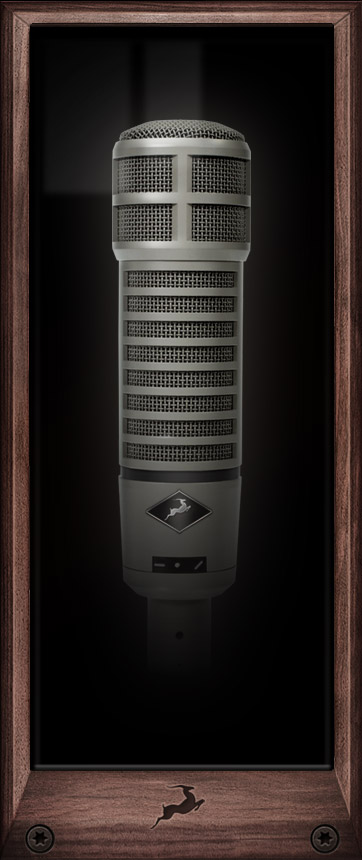
Ilinois 7B
The world’s most iconic dynamic studio microphone does its best on vocals – both male and female – but that’s not to say it won’t sound great on an instrument. Still a go-to mic for broadcast, the Ilinois 7B is no less renowned for the countless music hits it has recorded. Its sonic character is smooth, but detailed and accurate, resulting in mix-ready performances that sound musical, but also clean and natural.

Berlin 49T
The original behind Berlin 49T was a revolution on its own for its unique two cardioid condenser systems architecture. This would mean nothing if the resulting sound didn’t feature a next level smoothness with strong low-end and more than convincing highs. You’ll find this one on all your favorite 1950s and 1960s pop, soul and jazz recordings. It’s highly suitable for vocals but its great bass response makes it perfect for drums and brass as well.
Berlin 57
Berlin 57 comes straight from 1957 and it sounds as great as you can expect. The mic owes its specific sound to a large-diaphragm capsule with a PVC membrane and a triode tube. Users can switch between omni, cardiod and figure of eight polar patterns. Just hear how this one captures vocals and you’ll fall in love with it.
Berlin 87
This microphone is the way to go when recording piano, vocals, overheads, guitars, strings, brass section, percussion. Honestly, there’s almost nothing that Berlin 87 can’t handle. We’re bringing this 1970s classic straight from the good old times to your 21st century studio. No pro can live without an 87 so it was high time you got yours!
Berlin 67
Berlin 67 carries the true sound of an iconic tube condenser microphone with multiple polar patterns. This German legend can record in omni, cardiod or figure eight. Its popularity is due to its signature sound and flexibility. Berlin 67 is powerful multi-purpose mic that is a must-have for any studio.
Berlin M103
Another German studio legend is now available in the FPGA domain. Berlin M103 has been modeled after the iconic large-diaphragm condenser mic with a Berlin 87 style-capsule and transformerless circuitry. This cardiod micropohne is signature for its low noise-floor and wide dynamic range. Berlin M103 is praised not only by music engineers specialized in classical music but by sound designers and Foley artists from the top tiers of the movie industry.
Tokyo 800T
Wondering what lies behind the silky and smooth vocals on your favorite records? Chances are high that it’s exactly the Japanese microphone legend we modeled our Tokyo 800T after. This vintage tube mic is a top choice for all masters of vocals recordings. With a super low noise-floor and extreme sensitivity, it’s also a great fit for recording acoustic guitar sessions.
Vienna 12
A classic large diaphragm condenser and a highly sought after tube microphone. Vienna 12 is modelled after the latest revision of the original, which means – low noise, wide frequency response (from 30 Hz to 20 kHz) and switchable polar patterns. Those include cardioid, figure eight and omni.
Vienna 414
Vienna 414 is a flexible multi-pattern condenser microphone. The original, which inspired our emulation, has been used in top recording facilities, broadcast studios and performance venues all around the globe. It allows users to switch between whole nine polar patterns and offers unique dynamic range, frequency response and spatial detailing. It’s perfect for lead vocals and solo instruments but also as a room mic for drum recordings or classical music sessions.
Oxford 4038
Before becoming a preferred tool for professional recording engineers, this bi-directional ribbon microphone was widely popular in broadcasting studios all around the UK. The reasons? Its ability to capture sound with a smooth and wide frequency response, its high sensitivity and lack of transient distortion. The resulting sound? Natural and clear, fitting both voice and delicate acoustic instruments. No wonder it’s highly sought after and still used to this very day.
Sacramento 121R
The Sacramento 121R is modelled after the most commercialy used ribbon Microphone especially on guitars. It offers natural and pure sound plus extended dynamic range, which is actually even higher than its predecessor models.
Berlin 47 FT
Berlin 47 FT will allow you to finally enjoy the authentic sound of one of the most popular microphones in history of audio recording. This emulation perfectly combines the wide dynamic range and meticulous attention to detail of the hardware original. It’s perfect for capturing vocals, acoustic instruments and even aggressive sound sources as kick drums.


